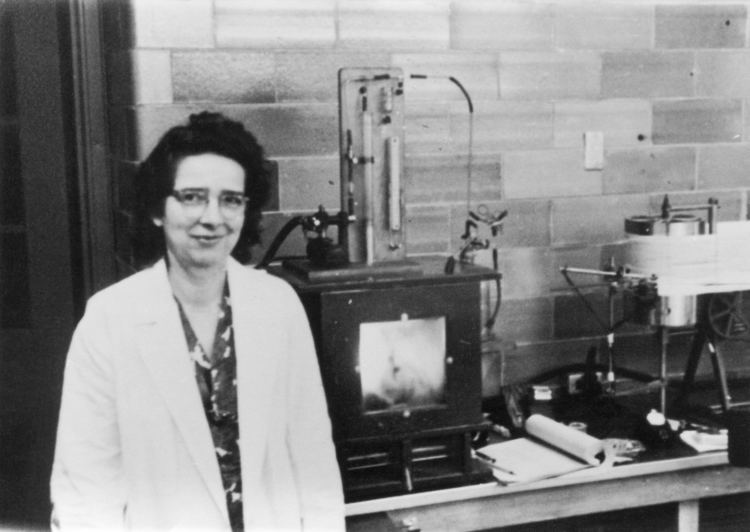Name Arda Green | ||
 | ||
Arda green design first place 2014
Arda Alden Green (May 7, 1899 – January 23, 1958) was an American biochemist who made important discoveries about serotonin and bioluminescence, and who was the recipient of the Garvan-Olin Medal for her work.
Contents
Early life and education
Arda Green was born in Prospect, Pennsylvania, daughter of Vennis A. Green and Melva Stevenson Green. Her father taught chemistry, and her sister Metta Clare Green (Loomis) earned a PhD in physics. The Green family moved to California when Arda was a girl. Arda Green earned undergraduate degrees in chemistry and philosophy at the University of California at Berkeley in 1921; she continued into graduate study of philosophy, but soon shifted her focus to medicine. She earned a medical degree at Johns Hopkins University in 1927.
Career
After graduate study, Green worked as a researcher at Harvard University, working in the laboratory of Edwin Cohn and specializing in developing methods for isolating and purifying proteins. In 1941 she moved to the Washington University at St. Louis in Missouri, where she worked with Gerty Cori and Carl Cori as an assistant professor of biochemistry.
In 1945, she was appointed to the faculty at the Cleveland Clinic, working with Irvine Page. It was at Cleveland that she co-discovered and named serotonin, an important organic compound, with Page and Maurice M. Rapport. Green's career concluded at Johns Hopkins University; she began studying the chemistry of bioluminescence with William D. McElroy at the McCollum-Pratt Institute there in 1953.
Green received the Garvan Medal from the American Chemical Society in autumn 1957.
Personal life
Green died in January 1958, from cancer, at the age of 58.
